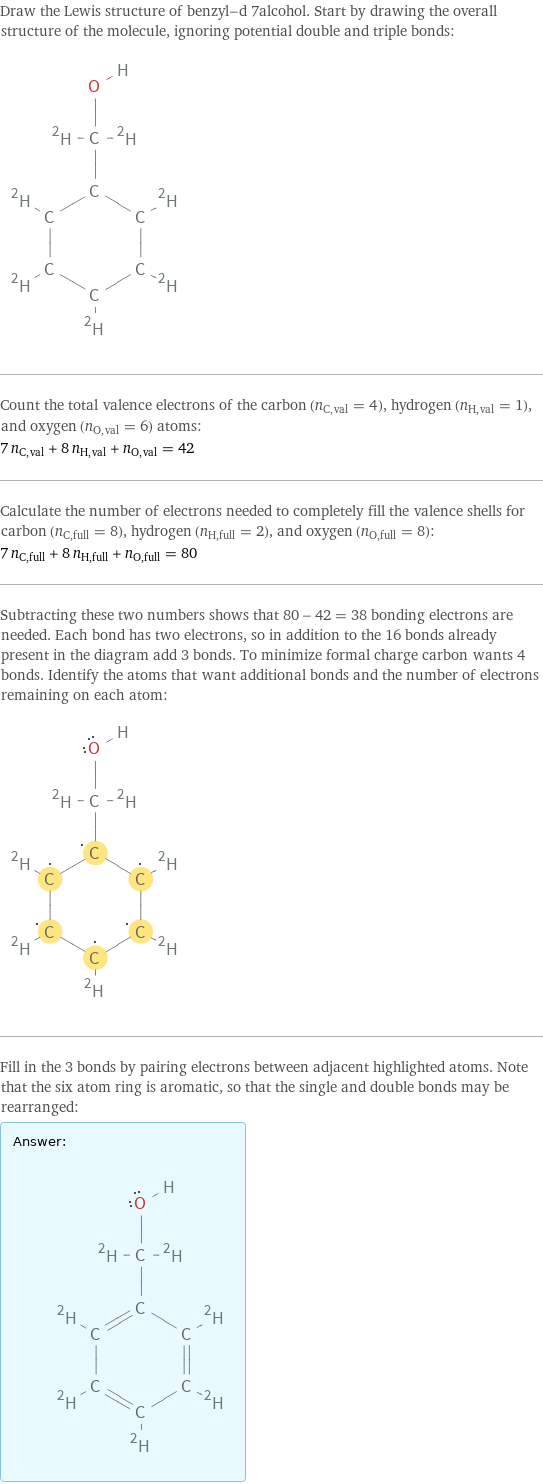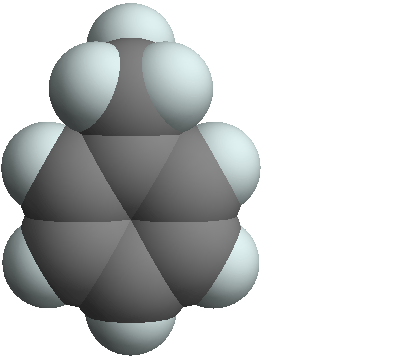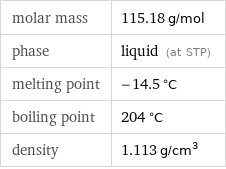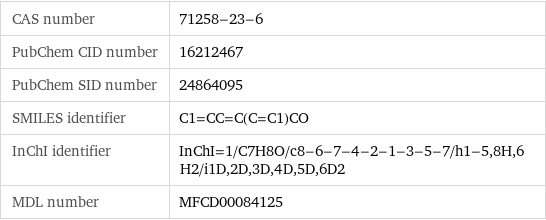Input interpretation

benzyl-d 7alcohol
Chemical names and formulas

formula | C_6D_5CD_2OH Hill formula | C_7HD_7O name | benzyl-d 7alcohol IUPAC name | dideuterio-(2, 3, 4, 5, 6-pentadeuteriophenyl)methanol alternate names | dideuterio-(2, 3, 4, 5, 6-pentadeuteriophenyl)methanol mass fractions | O (oxygen) 0.139% | C (carbon) 0.73% | H (hydrogen) 0.131%
Lewis structure

Draw the Lewis structure of benzyl-d 7alcohol. Start by drawing the overall structure of the molecule, ignoring potential double and triple bonds: Count the total valence electrons of the carbon (n_C, val = 4), hydrogen (n_H, val = 1), and oxygen (n_O, val = 6) atoms: 7 n_C, val + 8 n_H, val + n_O, val = 42 Calculate the number of electrons needed to completely fill the valence shells for carbon (n_C, full = 8), hydrogen (n_H, full = 2), and oxygen (n_O, full = 8): 7 n_C, full + 8 n_H, full + n_O, full = 80 Subtracting these two numbers shows that 80 - 42 = 38 bonding electrons are needed. Each bond has two electrons, so in addition to the 16 bonds already present in the diagram add 3 bonds. To minimize formal charge carbon wants 4 bonds. Identify the atoms that want additional bonds and the number of electrons remaining on each atom: Fill in the 3 bonds by pairing electrons between adjacent highlighted atoms. Note that the six atom ring is aromatic, so that the single and double bonds may be rearranged: Answer: | |
3D structure

3D structure
Basic properties

molar mass | 115.18 g/mol phase | liquid (at STP) melting point | -14.5 °C boiling point | 204 °C density | 1.113 g/cm^3
Units

Liquid properties (at STP)

density | 1.113 g/cm^3 refractive index | 1.537
Units

Non-standard atom properties

H-2 | 7
Chemical identifiers

CAS number | 71258-23-6 PubChem CID number | 16212467 PubChem SID number | 24864095 SMILES identifier | C1=CC=C(C=C1)CO InChI identifier | InChI=1/C7H8O/c8-6-7-4-2-1-3-5-7/h1-5, 8H, 6H2/i1D, 2D, 3D, 4D, 5D, 6D2 MDL number | MFCD00084125
Safety properties

flash point | 100.6 °C